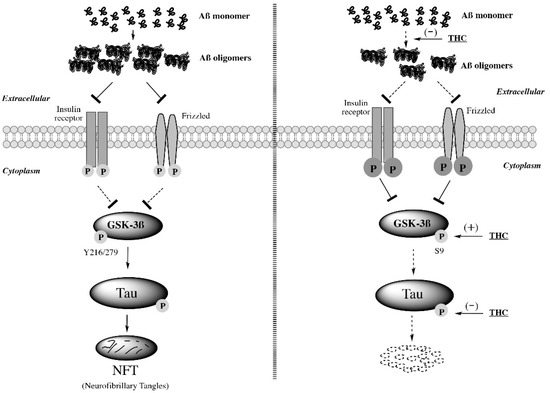
“Peripheral inputs continuously shape brain function and can influence memory acquisition, but the underlying mechanisms have not been fully understood. Cannabinoid type-1 receptor (CB1R) is a well-recognized player in memory performance, and its systemic modulation significantly influences memory function. By assessing low arousal/non-emotional recognition memory in mice, we found a relevant role of peripheral CB1R in memory persistence. Indeed, the peripherally-restricted CB1R specific antagonist AM6545 showed significant mnemonic effects that were occluded in adrenalectomized mice, and after peripheral adrenergic blockade. AM6545 also transiently impaired contextual fear memory extinction. Vagus nerve chemogenetic inhibition reduced AM6545-induced mnemonic effect. Genetic CB1R deletion in dopamine β-hydroxylase-expressing cells enhanced recognition memory persistence. These observations support a role of peripheral CB1R modulating adrenergic tone relevant for cognition. Furthermore, AM6545 acutely improved brain connectivity and enhanced extracellular hippocampal norepinephrine. In agreement, intra-hippocampal β-adrenergic blockade prevented AM6545 mnemonic effects. Altogether, we disclose a novel CB1R-dependent peripheral mechanism with implications relevant for lengthening the duration of non-emotional memory.”





 “The concept of neurons as irreplaceable cells does not hold true today. Experiments and evidence of neurogenesis, also, in the adult brain give hope that some compounds or drugs can enhance this process, helping to reverse the outcomes of diseases or traumas that once were thought to be everlasting.
“The concept of neurons as irreplaceable cells does not hold true today. Experiments and evidence of neurogenesis, also, in the adult brain give hope that some compounds or drugs can enhance this process, helping to reverse the outcomes of diseases or traumas that once were thought to be everlasting.  “This study consists of a brief psychological intervention, which uses Self-Regulation Therapy (SRT, procedure based on suggestion and classical conditioning), to improve coping with stress and emotionality by reproducing the positive effects of illegal drugs: cannabis, cocaine, ecstasy.
“This study consists of a brief psychological intervention, which uses Self-Regulation Therapy (SRT, procedure based on suggestion and classical conditioning), to improve coping with stress and emotionality by reproducing the positive effects of illegal drugs: cannabis, cocaine, ecstasy.
 “Decline in cognitive performance, an aspect of the normal aging process, is influenced by the endocannabinoid system (ECS). Cannabinoid receptor 1 (CB1) signaling diminishes with advancing age in specific brain regions that regulate learning and memory and abolishing CB1 receptor signaling accelerates cognitive aging in mice.
“Decline in cognitive performance, an aspect of the normal aging process, is influenced by the endocannabinoid system (ECS). Cannabinoid receptor 1 (CB1) signaling diminishes with advancing age in specific brain regions that regulate learning and memory and abolishing CB1 receptor signaling accelerates cognitive aging in mice.